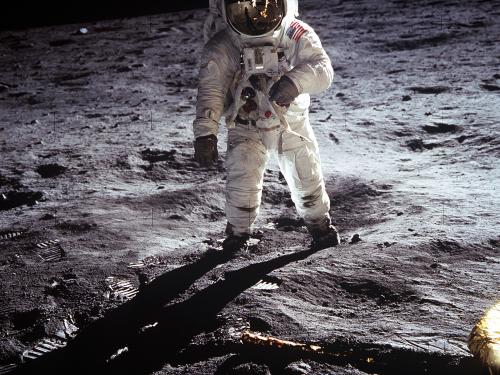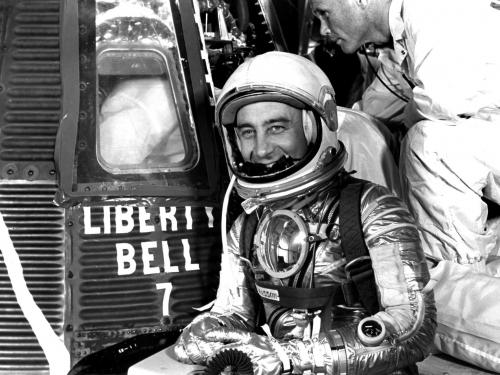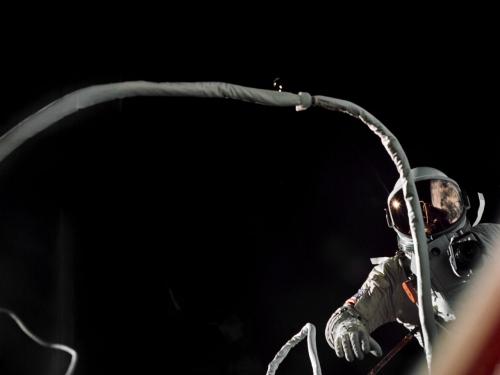
Stories of daring, stories of technological feats, stories of prevailing against the odds ... these are the stories we tell at the National Air and Space Museum. Dive in to the stories below to discover, learn, and be inspired.
Showing 11 - 20 of 87

July 15, 2022
Spacecraft face a dramatic range of conditions, from airless worlds bombarded by tiny meteorites to environmental extremes, when exploring our Universe.

June 16, 2022
A new gallery shows how spaceflight transformed our relationship with technology.

December 29, 2021
As we ring in 2022, we celebrate the friends that make the National Air and Space Museum so special.

November 29, 2021
In October 1961, three chimpanzees were brought to Cape Canaveral to join two already there. One of the new arrivals was Enos, a native of Cameroon in west central Africa. Discover the story of the often forgotten chimp and his contribution to human space travel.

November 09, 2021
The Apollo program, which landed the first human on the Moon, ended in December 1972 with Apollo 17. Why did we stop?

July 21, 2021
Space history curator Michael Neufeld tells the story of Gus Grissom's suborbital flight in July 1961 and the blown hatch that resulted in the sinking of his Mercury capsule.

June 04, 2021
Space history curator Michael Neufeld recounts the harrowing spacewalk of astronaut Gene Cernan on the Gemini IX-A mission.

March 16, 2021
On March 16, 1966, the Gemini VIII astronauts made the world’s first space docking, quickly followed by the first life-threatening, in-flight emergency in the short history of the U.S. human spaceflight program.

December 16, 2020
China’s Chang’e 5 lunar sample return mission successfully brought back pristine Moon samples to Earth. The last time such a feat was accomplished was during the Soviet Union’s Luna 24 mission in 1976. A total of three robotic sample return missions, as part of the Cold War Moon Race with the United States, were successfully executed.

December 15, 2020
Interplanetary road trips take a WHILE. So for this episode of Voyages to Mars, while we cruise onward towards the Red Planet, we’re listening to some poetry that pays tribute to long duration space travel.
